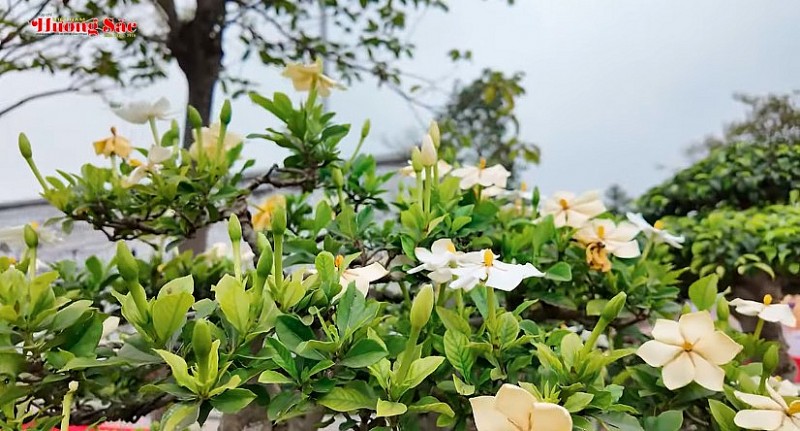Ngoc Linh ginseng hits peak season
“Golden seeds” of the great forest
From August to October every year, people in the ginseng regions of Kon Tum and Quang Nam begin to harvest Ngoc Linh ginseng seeds. Unlike other common medicinal plants, Ngoc Linh ginseng is not harvested by weight, but by seed. And each seed is calculated in hundreds of dong.
“Each fruit usually has only 1 to 2 seeds. I pick the whole bunch, peel the fruit, take out the seeds, dry them lightly, then count each seed and sell them to traders. Last year, the price was up to 150,000 VND/seed, while the normal type was about 70,000 - 100,000 VND,” said Mr. A Vuong (a Xe Dang ethnic, growing ginseng in Mang Ri commune, Tu Mo Rong District, Kon Tum).
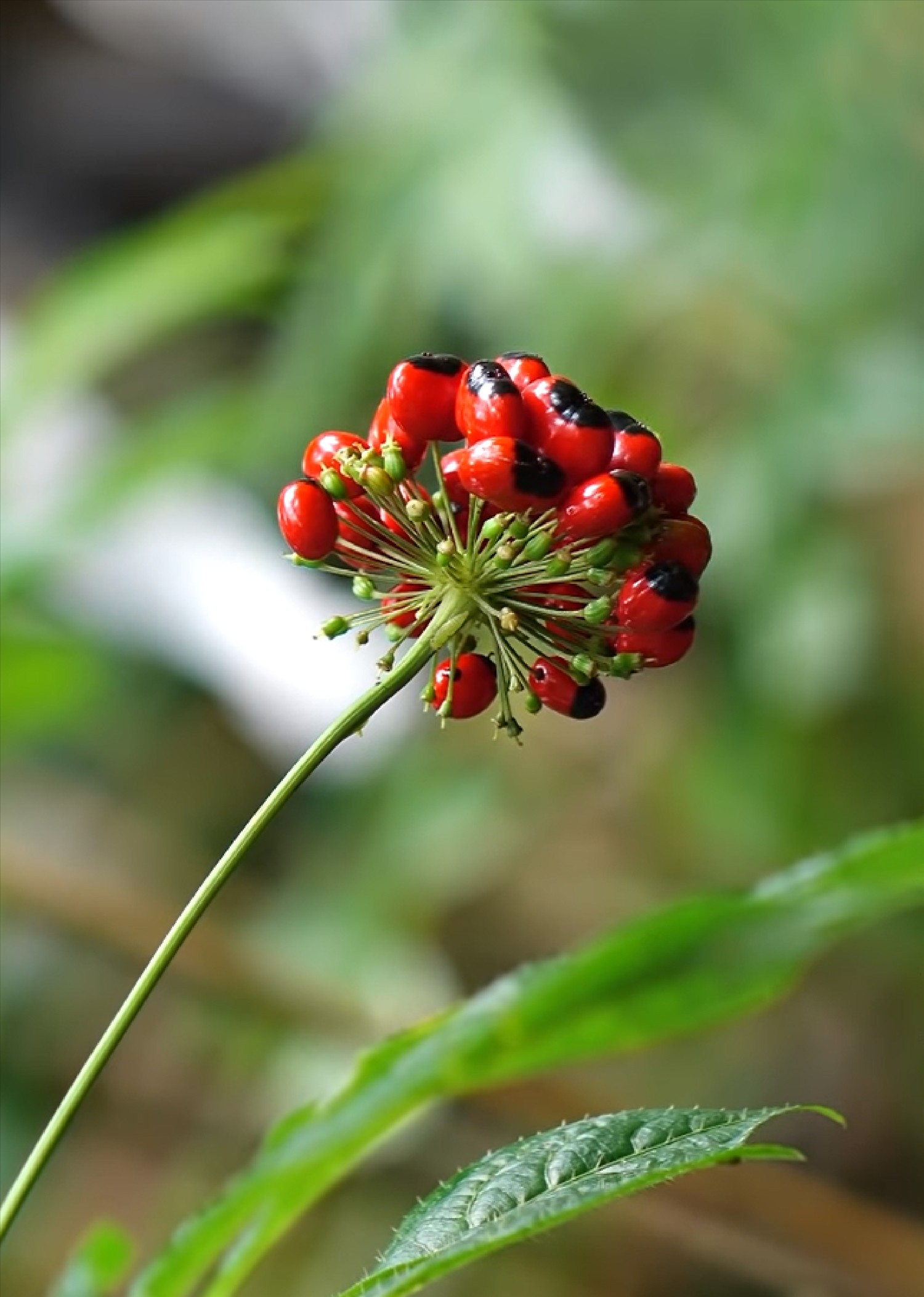 |
| Super rare Vietnamese Ngoc Linh ginseng seeds. |
It is estimated that one kilogram of ginseng seeds has about 1,600 to 2,000 seeds, equivalent to a market value of 200 - 240 million VND/kg. That is why ginseng growers still say to each other: "Count the seeds to know how many millions you will earn today."
The "unbelievable" value of Ngoc Linh ginseng seeds comes from three factors: rarity, difficulty in breeding, and outstanding economic and medical value.
First, Ngoc Linh ginseng does not always flower and bear fruit. It can only flower from the 5th year onwards, and the fruit-setting rate is very low, only about 20-30% of the total number of mature plants. Each fruit has only a few seeds, which are hand-picked in forests or gardens grown at an altitude of 1,500-2,000m, where the climate and soil are extremely harsh.
Second, the germination rate of the seeds is extremely low – only about 30–40% without proper seed incubation techniques. The seeds must be properly treated, incubated in a stable, cool, humid environment, protected from fungi and insects, and take 3–5 months to begin germinating. Therefore, facilities with experience in ginseng seed incubation are always willing to pay a high price to collect standard seeds from the original ginseng area.
| Ngoc Linh ginseng is grown on the mountain of the same name, in Kon Tum and Quang Nam. |
Third, the demand for seeds is increasing rapidly. Currently, the whole country has only two areas recognized as natural growing areas for Ngoc Linh ginseng - Tu Mo Rong district (Kon Tum) and Nam Tra My district (Quang Nam). While localities are expanding the growing area to hundreds of hectares, the annual seed output is only a few dozen kilograms, leading to the situation where ginseng seeds are always in a state of "supply not meeting demand".
Profitable assets from the ground
Unlike vegetable seeds, rice seeds - sown for food - Ngoc Linh ginseng seeds are considered a "green stock" that can generate profits after many years. From a small seed the size of a toothpick, farmers can grow a mature ginseng plant after 5 - 10 years, at which time the value of each root can be up to 30 - 200 million VND depending on age and weight.
Many households in Nam Tra My shared that in the past, ginseng seeds were kept for propagation in home gardens. But now, a significant portion is sold to serve large-scale plantations of enterprises and cooperatives. Some units even hire mountain climbers to pick ginseng just to get the seeds, accepting high prices to compete for good sources of seeds.
For many indigenous people, ginseng seeds are so precious that they are only used to “entrust the future” – to plant for their children or to exchange for large assets. “Some people buy motorbikes, some build houses after only a few years of growing ginseng and selling seeds,” said Ms. Ho Thi Mit (Ca Dong, Nam Tra My).
| Ngoc Linh ginseng seeds are very rare because the plant must be grown for at least four years to flower, each plant has only one flower branch containing very few seeds. |
Seeds for a green industry
Not only having economic value, ginseng seeds are also the key to expanding a potential industry: Vietnamese medicinal herbs. According to scientists, Ngoc Linh ginseng contains up to 52 types of saponins - precious active ingredients that have antioxidant, immune-boosting, anti-cancer, blood pressure-regulating and brain-improving effects.
The Ministry of Health has recognized Ngoc Linh ginseng as a "national medicinal herb", and is promoting propagation, conservation and controlled exploitation. Seed propagation is the most sustainable and natural way to expand ginseng growing areas without depleting natural resources.
Currently, some businesses have invested tens of billions of VND in ginseng seed nursery centers, working with local people to both develop growing areas and preserve the cultural value of precious medicinal plants.
It can be said that each Ngoc Linh ginseng seed is a precious “seed of life”, carrying within it the heritage of the Truong Son mountain range and nurturing the future of Vietnam’s agricultural and pharmaceutical industry. In the modern world, where people are rediscovering the value of nature and sustainability, a small seed can open up a whole green economy.
Other News
Read more
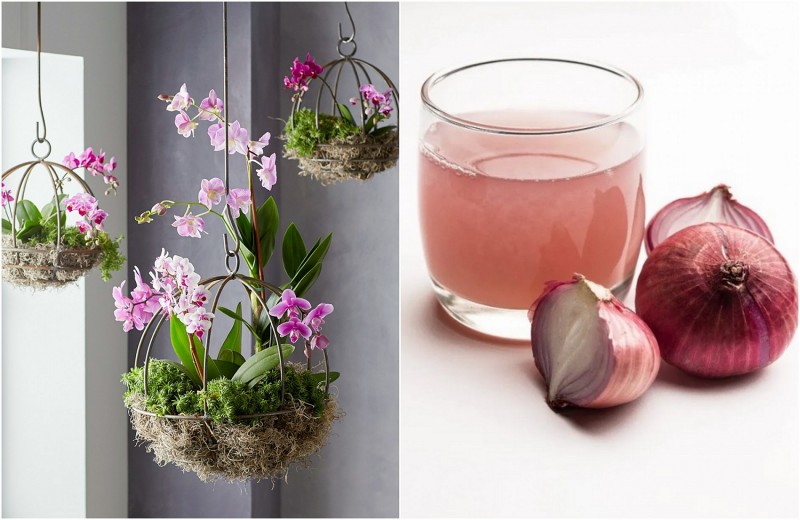
Not water, but understanding makes ornamental plants flourish

Bioponic vertical garden: When green sprouts in the heart of the city
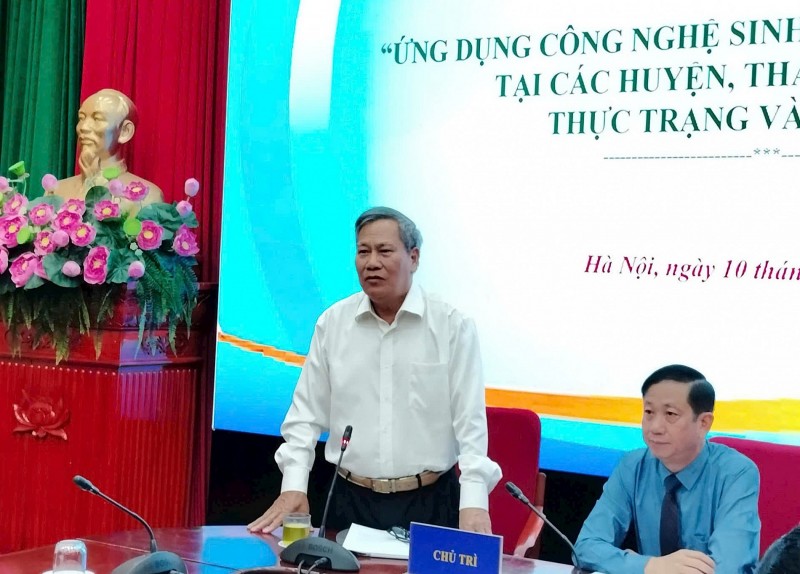
Breakthrough mechanisms needed to promote biotechnology application in Hanoi’s agriculture

Fish robots: Technological solutions open the era of smart aquaculture
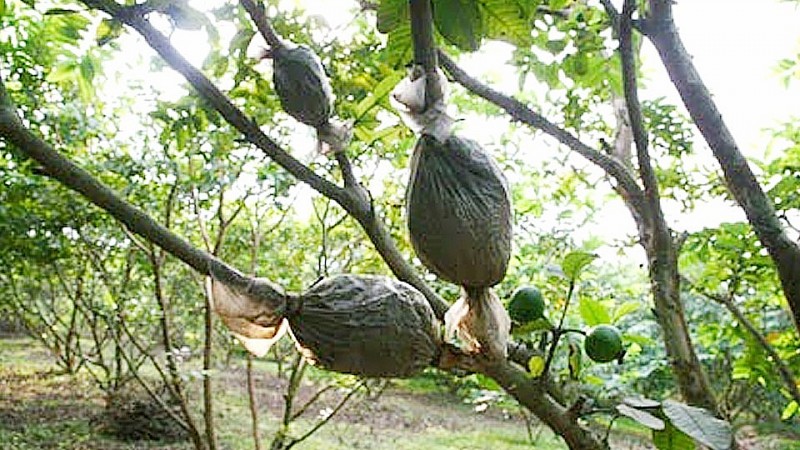
Air layering plants: An effective propagation method with great economic potential

Deteriorating air quality: Time for Hanoi to make bold investments in green spaces
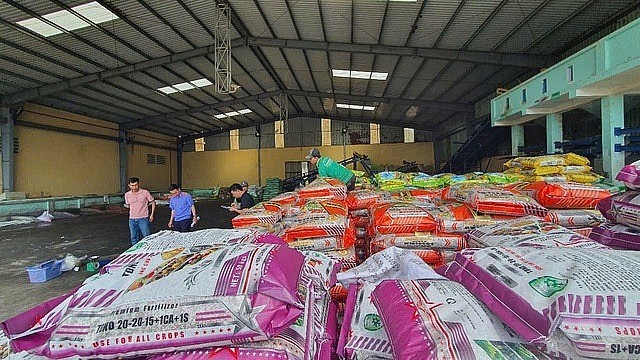
From fake fertilizers to green transformation: Opportunities in challenges

White Camellia: Nature-Healing Ornamental Treasure
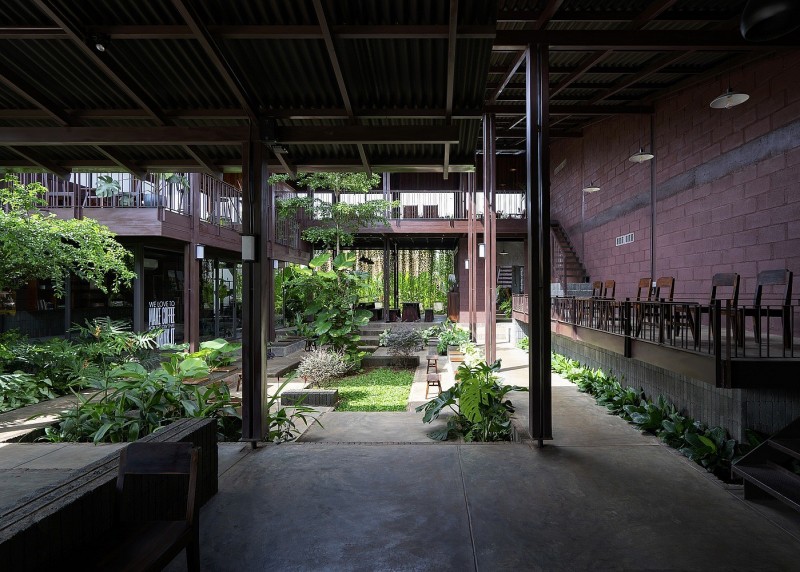
Coffee commune: A Green architectural space for community memory
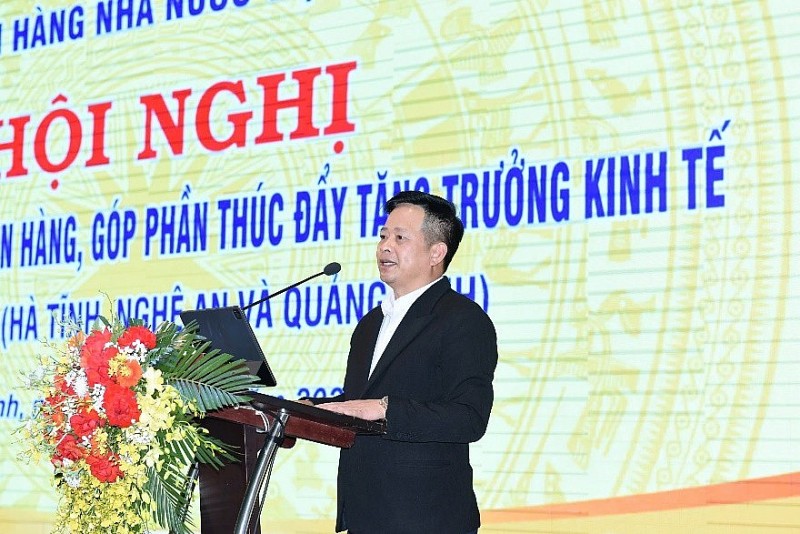
Accompanying sustainable agriculture: Perspective from Agribank and opportunities for developing Vietnam's Ornamental Plants industry
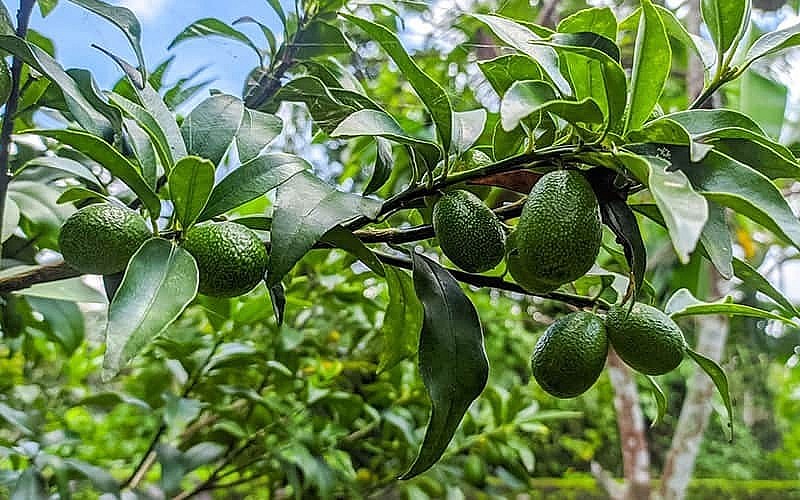
A superfruit widely grown in Vietnam, securing farmers stable income
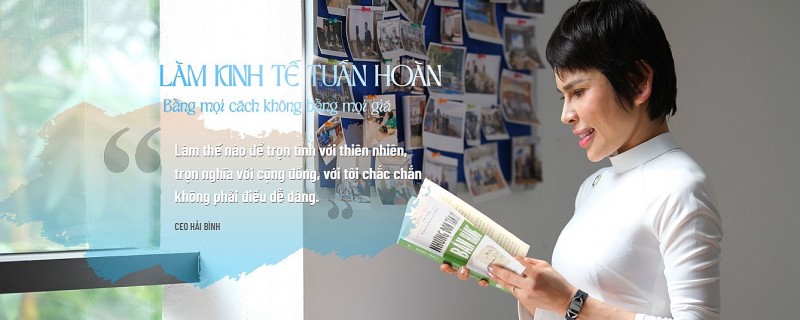
STP Group: Nguyen Thi Hai Binh - The pioneer woman bringing the ocean into the circular economy and the journey of "connecting values - connecting the community"
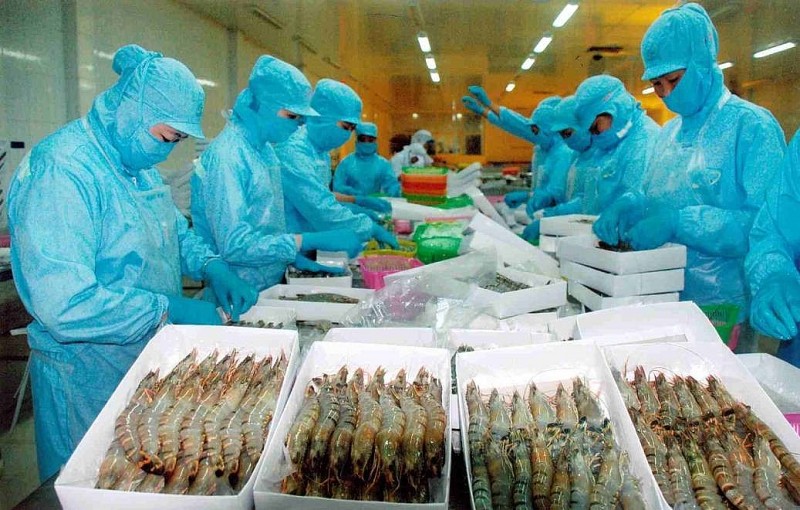
US imposes 46% reciprocal tax on Vietnamese goods: Risks and solutions for agricultural exports
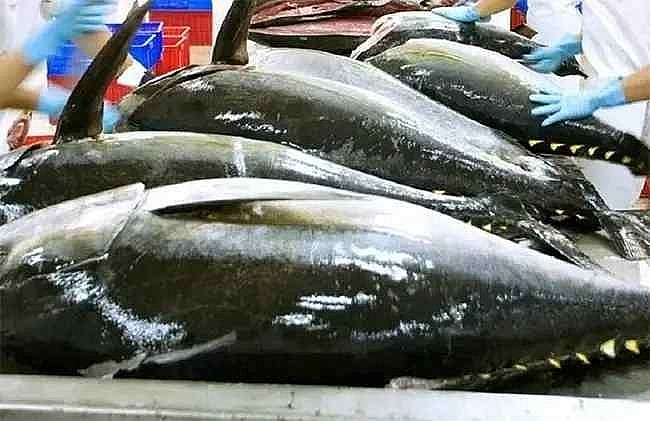
After durian, Vietnamese tuna emerges as a strong competitor to Thailand in global market

Vietnam named one of Asia’s top wildlife watching destinations
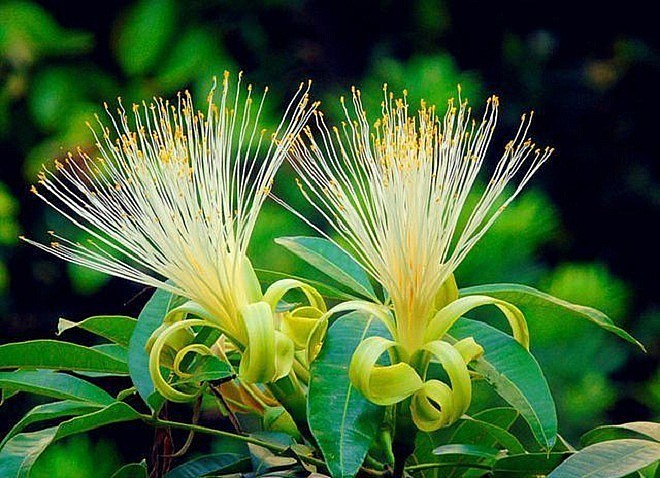
Blooming money tree - A rare omen of wealth and prosperity

Bún Flowers: Hanoi’s hidden floral delight
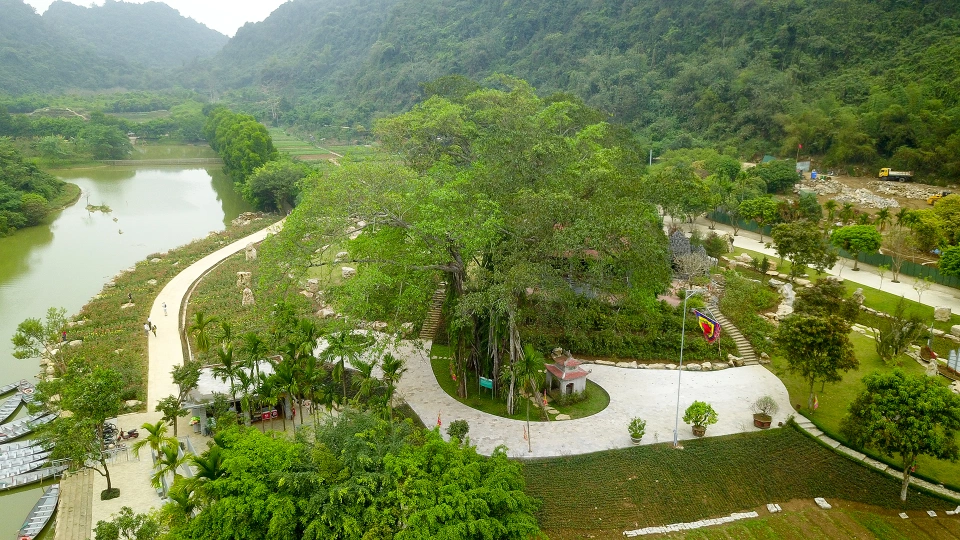
The thousand-year-old "moving" banyan tree in Ninh Binh, each step takes a century
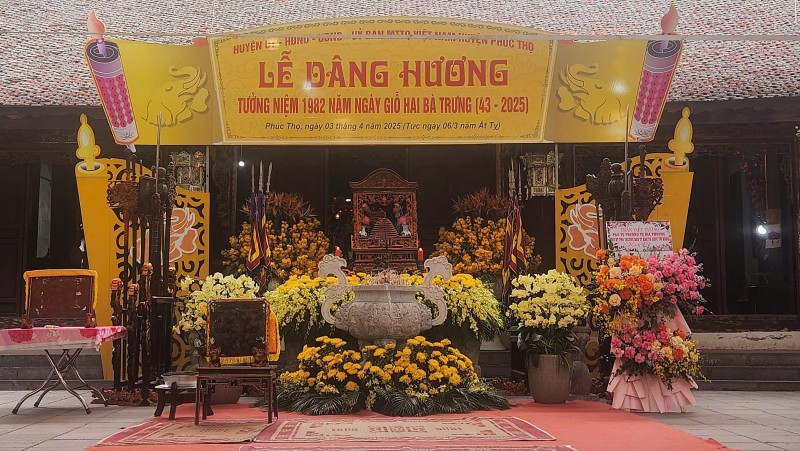
Hat Mon Temple – Historical Mark of Hai Ba Trung
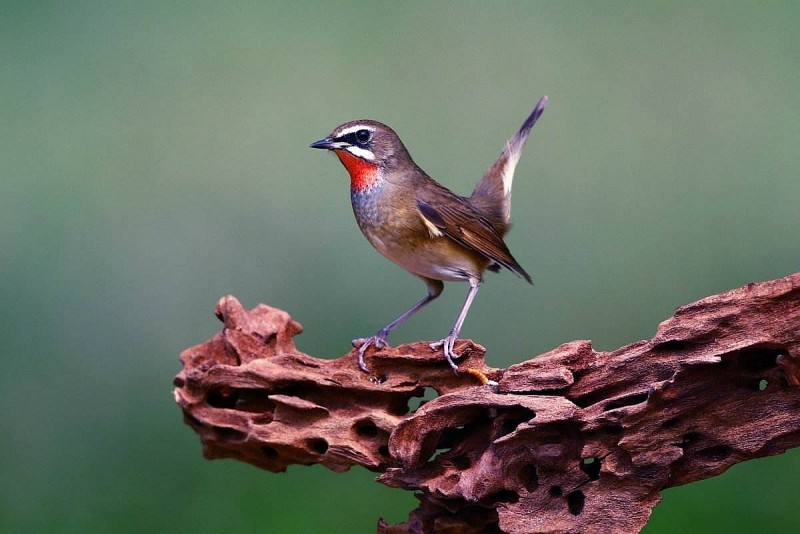
Discovering 4 bird species that have captivated the Chinese for centuries
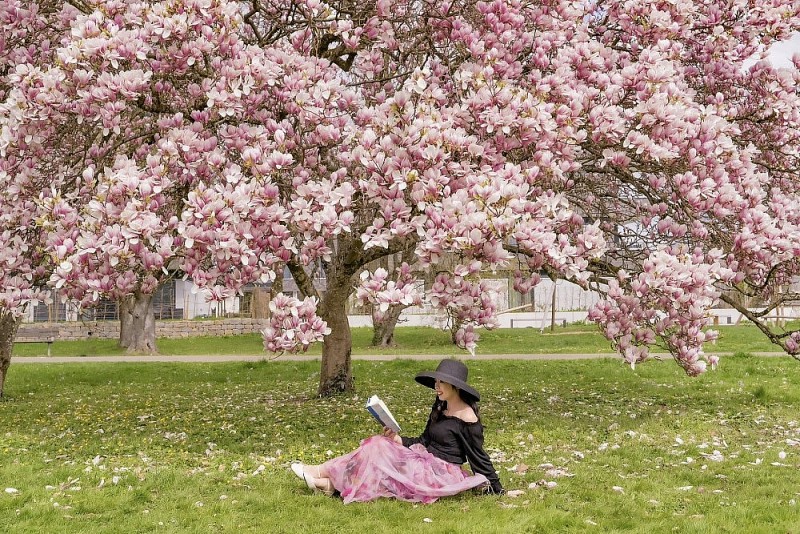
Vietnamese women and magnolia blooming seasons in Europe

Planting native species: A global trend for greener homes and bird-friendly spaces

56-year-old man living alone in the forest for 27 years with birds
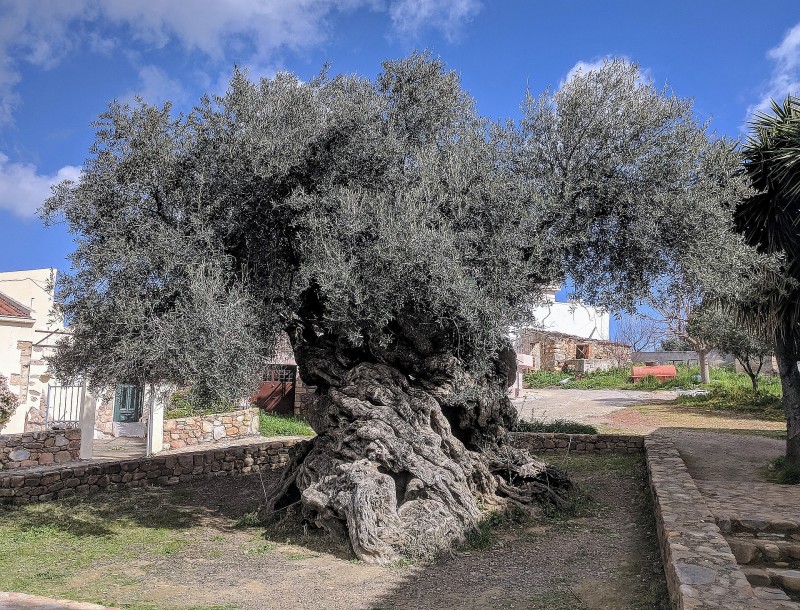
Gazing at a 5,000-year-old olive tree in Greece

Department of Crop Production and Plant Protection: "Orienting the total production value of flower and ornamental plant sector reach 70-75 trillion VND by 2025"
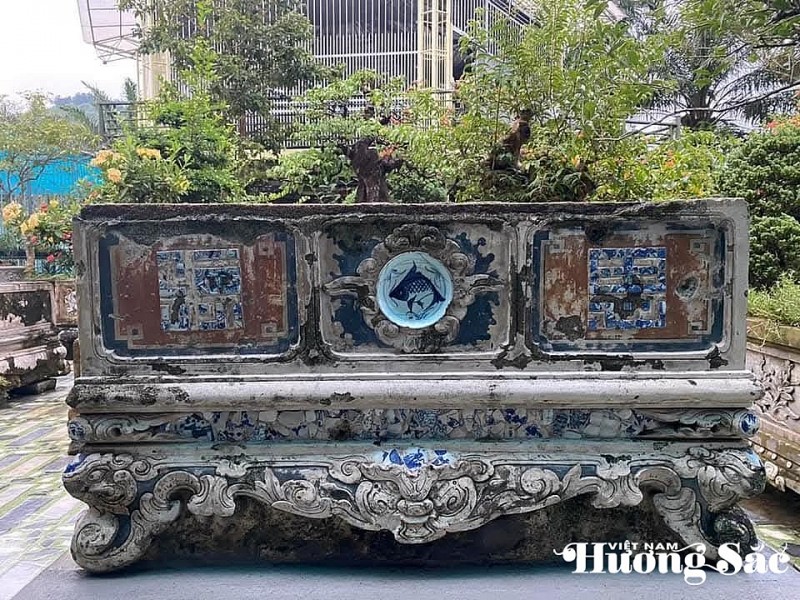
The 9X artist turns water hyacinth into living art

Over 1,000 artworks featured in the 2025 Expanded Ornamental Creatures Exhibition of Van Giang District
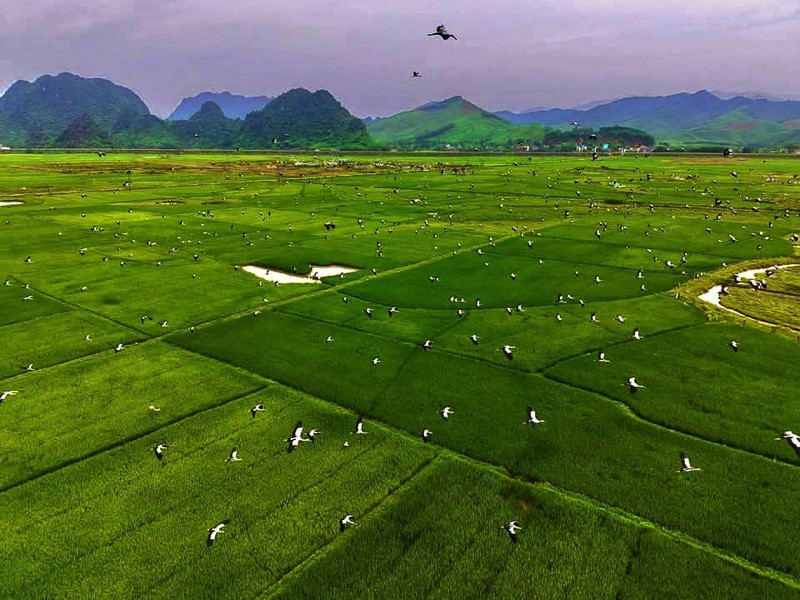
Endangered stork species making surprise appearance in Phong Nha - Ke Bang

Over 1,000 master bonsai trees gather in Quang Ngai, dazzling plant enthusiasts
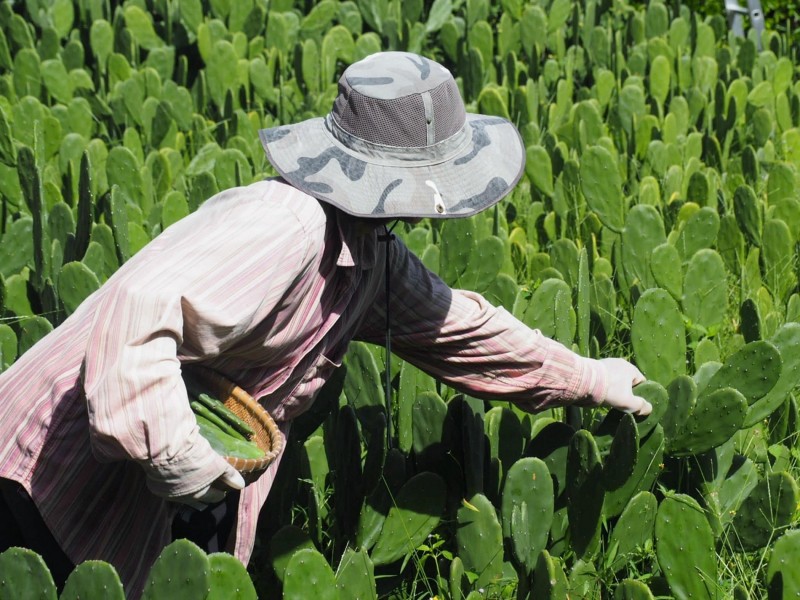
Leaving a $1,000 office job, engineer turns cactus into food and drink
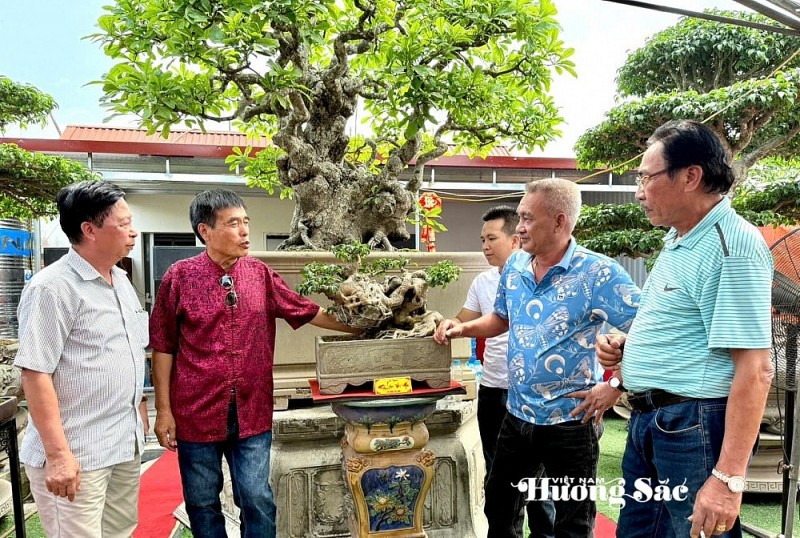
Hoa "Taxi" - A typical bonsai artist in Van Giang District, Hung Yen Province
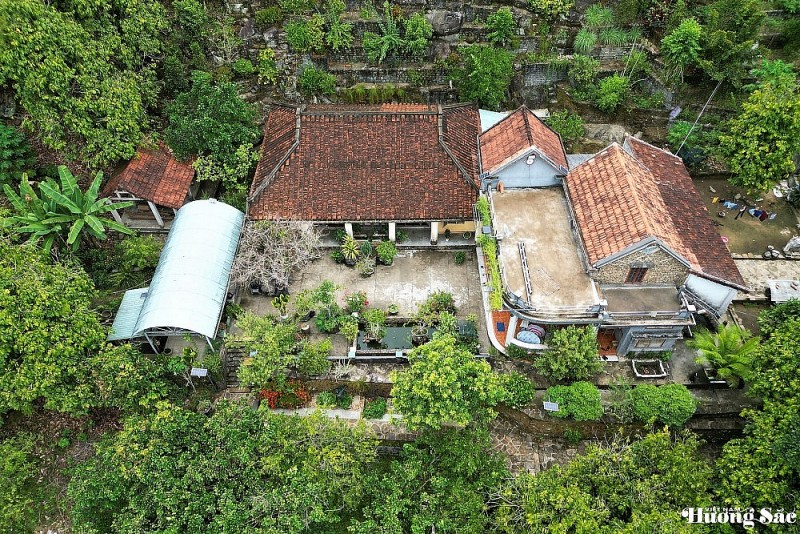
Look inside the million-dollar jackfruit wood ancient house in Quang Nam Province
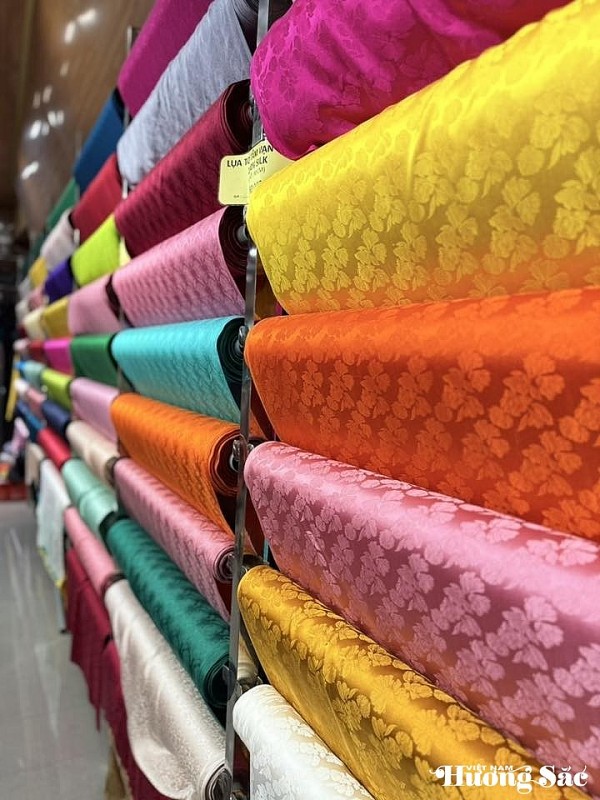
Van Phuc Silk Village: Weaving tranquility through memories and colors
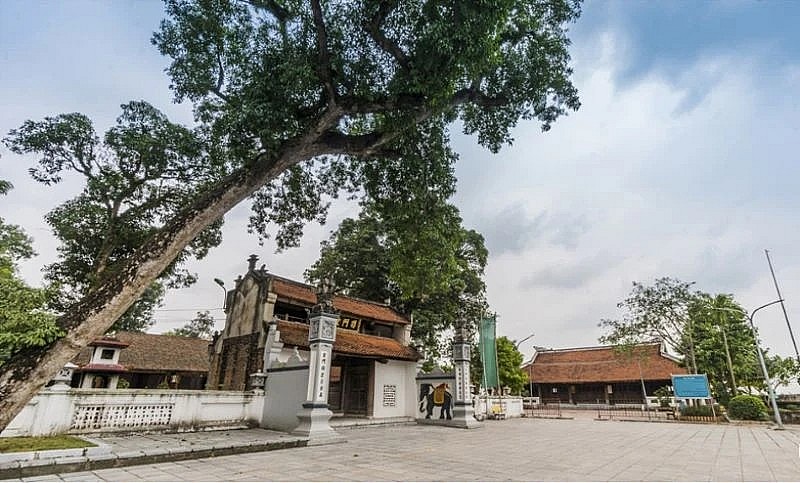
Exploring Hat Mon Temple in Hanoi
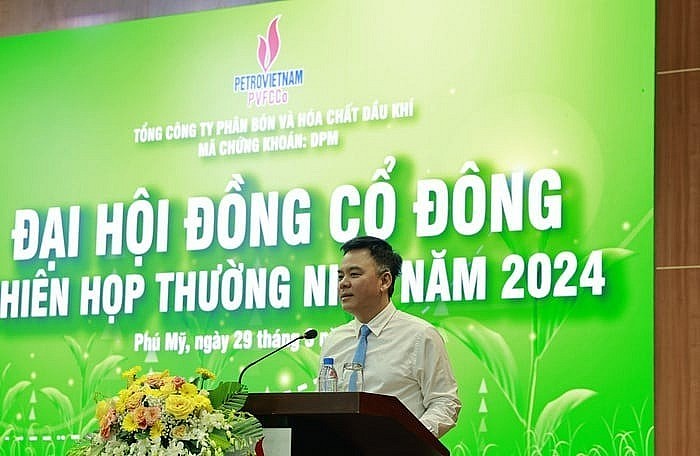
From the first granule of urea to a national brand: PVFCCo and its mission beyond the continent

STP Group: Nguyen Thi Hai Binh - The pioneer woman bringing the ocean into the circular economy and the journey of "connecting values - connecting the community"
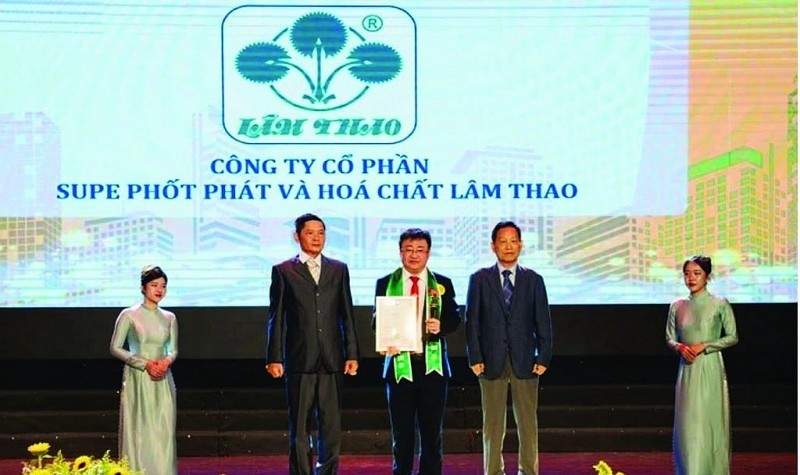
Toward the Celebration of the 63rd Anniversary of Lam Thao Superphosphate Company: From following President Ho Chi Minh’s wish to a national brand

Trailer introducing the special issue of Vietnam huong sac Magazine, published on May 19
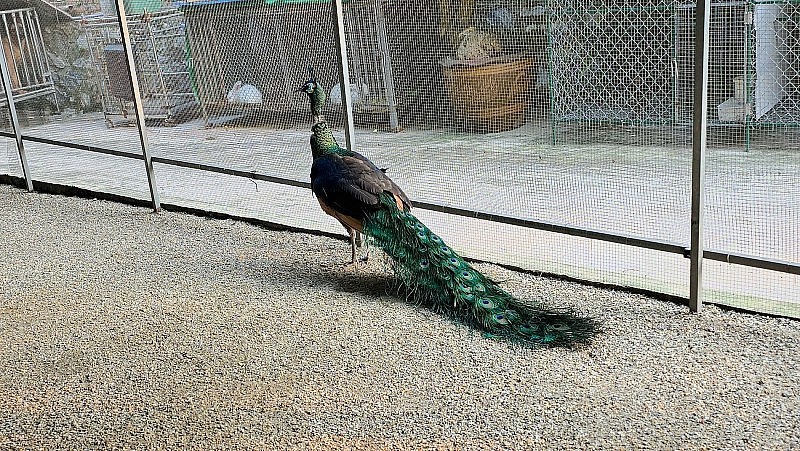
Surprised by rare songbirds at Dung Tan Center in Thai Nguyen Province
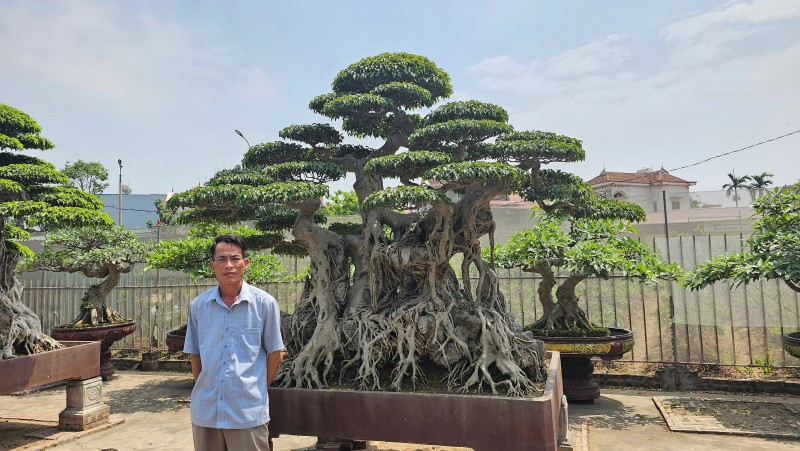
A passionate horticulturist committed to preserving the Sanh Da bonsai lineage in Hưng Yên

Look inside the million-dollar jackfruit wood ancient house in Quang Nam Province
